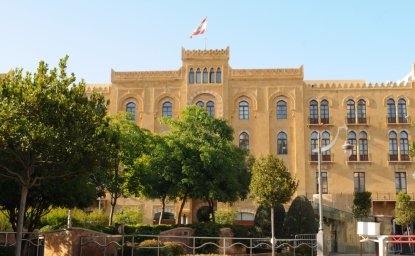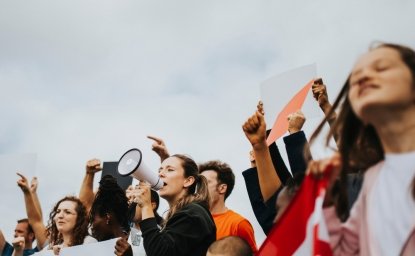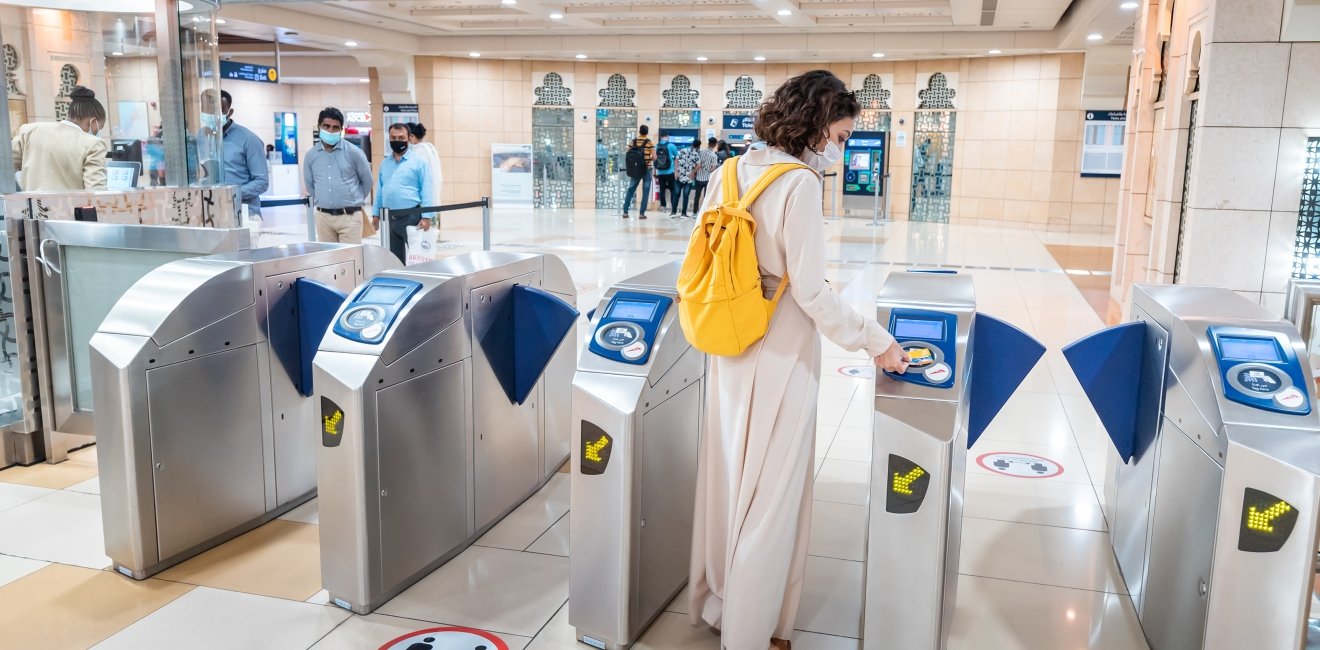
A blog of the Middle East Women's Initiative
Women worldwide, especially working women, have been more negatively impacted by the pandemic than men. From salary cuts, unpaid leave, and layoffs, to enduring the additional domestic burden of caring for children and elderly family members, women are carrying the brunt of the socioeconomic fallouts of COVID-19.
The aforementioned ILO report noted that in the Arab states of MENA, women’s employment dropped by 4.1 percent, compared to 1.8 percent for men.
According to a recent ILO report, an estimated “4.2 percent of women’s employment was destroyed as a result of the pandemic compared to 3 percent of men’s employment.” Various media reports and studies have also revealed the same trends in the Middle East and North Africa region. The aforementioned ILO report noted that in the Arab states of MENA, women’s employment dropped by 4.1 percent, compared to 1.8 percent for men. In Israel, twice as many women than men lost jobs due to the pandemic. In Iran, according to analysis conducted using official state data, women lost employment in “all sectors” while men saw gains in a few, such as industry. Further, a recent Turkey-based study found that women’s “full-time employment loss during the epidemic period was 15.5 percent” compared to “12.4 percent for men.”
This data is alarming and not at all surprising for a region that unfortunately lags behind in female labor force participation (FLFP), despite having achieved, albeit with some intraregional variances, impressive progress in nearly closing the gender gap (92.4 percent) in education at all levels. Tragically, the COVID-19 pandemic only amplified this problem and shed a brighter light on the barriers facing MENA women both to enter the workforce and to stay employed, which in turn, is key to moving up the ladder to higher managerial and leadership positions.
Lifting the Barriers to FLFP
As countries struggle to spur growth, gender diversity brings in a greater variety of talent and experience that is likely to have a positive spillover effect on the region’s economies.
Lifting the barriers that limit FLFP in the region is central to any post COVID-19 recovery plans. Why? It’s ‘smart economics.’ As countries struggle to spur growth, gender diversity brings in a greater variety of talent and experience that is likely to have a positive spillover effect on the region’s economies. Research shows that “gender diversity relates to more productive companies,” especially when it is part of the company’s culture. There is ample evidence to make the case that governments and businesses should work together to lift the barriers to FLFP.
A plethora of studies and reports about women in MENA, including our own, have reiterated the same findings about these barriers: the importance of a safe working environment, strong anti-harassment laws and implementation, affordable and accessible child care services, safe and reliable transportation, shifting social mindsets around women and work, and ensuring access to capital to encourage women entrepreneurship.
More importantly, the suggested solutions to lifting these barriers have also been the subject of public discussions and international studies. The Wilson Center’s “Ready for Work” report included several such interventions, all based on the experiences and recommendations of various countries across the region. Jordan enacted “flexible hours”, Tunisia extended maternity and paternity leave, and the UAE reformed laws to ensure equal pay “for men and women performing “the same work” or work of “equal value.” In July 2021, Egypt’s parliament approved harsher penalties for sexual harassment. Further, Bahrain encouraged businesses to hire more women by implementing “a rule stating that hiring a Bahraini woman counts as hiring two citizens,” helping companies achieve Bahrainization of the workforce. However, finally moving the needle requires a greater investment in addressing social mindsets and inspiring community-driven initiatives that challenge norms in their own sociocultural locales. Massive social media campaigns that garner ‘likes’ and ‘shares’ have proven inadequate in changing people’s misperceptions about women and work.
So, if the barriers are known and the solutions are already in place in some countries, the question is: why does MENA continue to lag behind in women’s employment and what is the missing piece?
Completing the Picture
The political will of MENA governments and the private sector to fully lift the barriers to women’s employment is primarily that missing piece. COVID-19, while destructive to the world economy and contributed to skyrocketing unemployment and rising poverty in MENA, is also an opportunity for a much-needed economic reset. This reset will be better served if it includes women’s employment as a top priority, and not only in words.
Bringing more women to the table ensures that their ideas, experiences, and perspectives are factored into decisions targeted to promote women’s employment and jumpstart economic recovery.
The first step in rousing the needed political will is a simple one: inclusive decision-making. As governments huddle to allay the economic woes of the pandemic and put forward recovery plans for the hardest-hit sectors, it is imperative that women public sector officials, women-owned businesses, and women’s civil society organizations be included in policy discussions. Bringing more women to the table ensures that their ideas, experiences, and perspectives are factored into decisions targeted to promote women’s employment and jumpstart economic recovery.
Two more steps are crucial to seeing this political will in action. One is closer coordination and collaboration between the government and the private sector. This involves, for example, providing incentives to companies to employ more women or proactively encouraging incubators and banks to give women access to finance and mentorship to start their own businesses. The third step is to take a number of clear and targeted policy actions to ensure women who lost their jobs, or were adversely affected, are able to re-enter the labor market. Examples of such gender-responsive policy actions include “implementing legal protections to end discriminatory layoffs” as suggested by Radwa Al Saman from Egypt and a commitment to “enforcing the equal pay law” as Lynn Mounzer explained in her blog about women and work in Lebanon.
As noted earlier, the barriers and possible solutions are known to those in this sector at the local and regional levels, as well as amongst the international development community. Further, there are plenty of women experts and activists with valuable data and know-how to move this agenda forward; ensuring that women are not only brought back to the workforce post-COVID but that their numbers increase. The first step to reviving economies in MENA is to make women part of the planning.
Author


Middle East Program
The Wilson Center’s Middle East Program serves as a crucial resource for the policymaking community and beyond, providing analyses and research that helps inform US foreign policymaking, stimulates public debate, and expands knowledge about issues in the wider Middle East and North Africa (MENA) region. Read more


Middle East Women's Initiative
The Middle East Women's Initiative (MEWI) promotes the empowerment of women in the region through an open and inclusive dialogue with women leaders from the Middle East and continuous research. Read more

Explore More in Enheduanna
Browse Enheduanna
Women are the Catalysts for Change in Lebanon

How Education Can Empower Young Women in MENA


